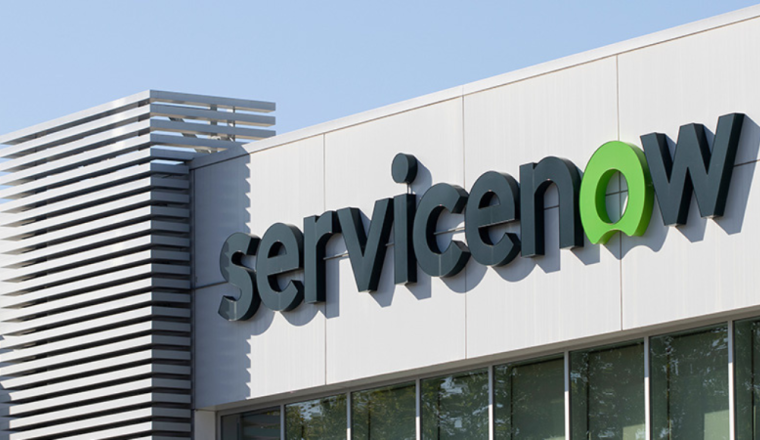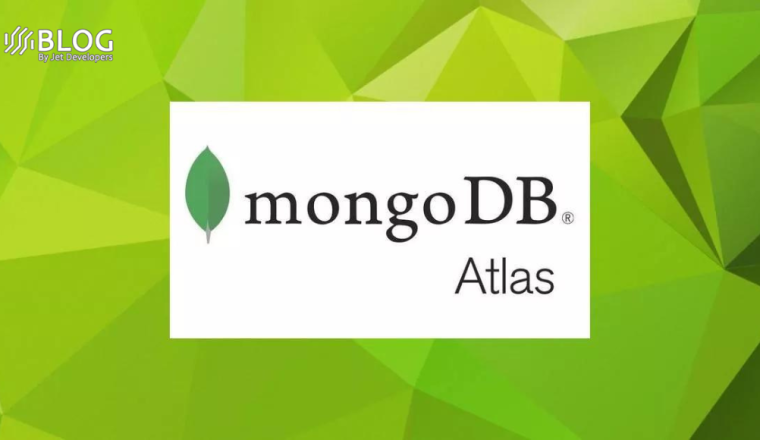Generative AI (Gen AI) is the buzzword of the year, gripping the global tech ecosystem. Leading VC Sequoia declared that gen AI could “generate trillions of dollars of economic value,” and thousands of businesses, from Microsoft to Fiat, have raced to integrate the technology as a way to speed up productivity and deliver more value for customers.
Any nascent sector like generative AI, as was the case with Web3, also brings with it plenty of predictions about just how big it can/will become. The global AI market is currently worth $136.6 billion, with some estimating that it will grow by 40% over the next eight years. Even an overall slowdown in VC dealmaking has made an exception for Gen AI, with AI-assisted startups making up over half of VC investments in the last year.
However, although generative AI tools are attracting headlines and frugal VCs’ money, and while some of the first movers have developed nifty AI tools that respond to critical pain points, how many of these will go on to become long-term businesses? Most that have monetized have stumbled into becoming businesses rather than as part of any long-term strategy, so what will they do if/when they need to scale to meet demand?
There’s a lot that Gen AI startups still have to do to take this captivating technology and actually turn it into a sustainable business. In this article, I’ll explain where generative AI startups can start if they want to turn this short-term hype into long-term growth so they don’t miss a potentially huge market opportunity.
Hype ≠ Success
There are many hurdles standing between Gen AI startups and long-term profitability.
First, it’s difficult to take a new technology and actually turn it into something profitable. While Gen AI tech is certainly impressive, it’s unclear how to monetize or integrate it into a profitable business model. So far, some of the most successful AI startups have used the tech to boost operational efficiency — like Observe.ai, which automates repeating processes that drive revenue and retention — or to help with language processing and content creation, like AI copywriting assistant Jasper.ai. But you can only have so many AI chatbots. Emerging Gen AI startups will have to carve out their own niches if they want to be successful.
AI companies will also find it hard to maintain a competitive edge. Many AI startups are already struggling to differentiate themselves in an incredibly crowded market, and for every one entrepreneur with an innovative use case, there are ten more riding the wave with no destination in mind — presenting a “solution” without a clear idea of the problem it seeks to solve. There are already 130 Gen AI startups in Europe alone, and the chances of all of these companies reaching long-term profitability are slim.
Finally, AI is still a nascent technology with big questions about ethics, misinformation and national security concerns to be answered. AI companies looking to streamline workflows will have to address concerns about third-party software accessing potentially sensitive internal data before they can be widely adopted, while startups leveraging the speed and efficiency of Gen AI must come up with sufficient guardrails to address the dystopian concerns that these “machines” could come to replace up to a quarter of our jobs.
Riding the generative AI wave: How to turn short-term hype into long-term growth
To tackle the above hurdles, generative AI startups serious about building long-term businesses need to adopt some basic principles. It’s true the AI market is particularly frothy with investor cash at the moment, but that is an outlier in wider VC sentiment. Given the recent market downturn, investors are keener than ever to see examples of real, rather than projected, growth and are scrutinizing whether recipients of their money are built on scalable business foundations.
These are the key things Gen AI startups looking to turn hype into growth should consider:
- Focus on customer need: It’s very easy to get carried away with the potential of Gen AI technology, but the magic happens when that potential is applied in a way that clearly solves a known and understood customer problem. Step one should always be identifying that problem, then working your way up from there.
- Plan for global scale: Most of the startups we have seen launch using Gen AI are pursuing product-led growth. They often have a low monthly cost and serve an individual user. If these companies are serious about scaling, that requires being able to sell globally. More markets mean more buyers and more revenue, and quicker growth. With more money in the bank, you can extend the runway and be better insulated from individual shocks and market fluctuations.
- Build a monetisation thesis: The automation Gen AI provides can remove a huge amount of manual effort, and pricing can be difficult to get right given the cost of the underlying infrastructure. It’s important to decide your value metric, then test and refine it to arrive at the correct price point. If customer need is the beating heart of a business, the monetization thesis is the means to keep that heart beating.
Ultimately, success will boil down to two things:
- Effective monetization:
No technology, regardless of hype, will sell itself, so it’s important to identify the relevant Gen AI revenue streams and then package them in the right way to make them profitable. Effective monetization will ultimately rely on three main pillars: increasing revenues, reducing costs (particularly important given the generative nature of these businesses), and reducing risk. Ensuring a clear line of sight to these value levers is essential, as they will impact the bottom lines of adopting companies in a significant way. Once you have all three, the money will follow.
- Overcome potential barriers to growth and growing sustainably:
In the same way that AWS accelerated the speed and lowered the cost of building a startup, ChatGPT enables complex automation with human-like chat interfaces at the click of a button. As many AI startups are thin application layers built on top of deep but existing infrastructure, they can be brought to market very fast via a freemium or low-cost model.
This is perfect for a self-serve approach, where companies show the value of their product through usage rather than sales-assisted pitches, which means those companies riding the AI wave will grow much quicker than usual. However, it also means they will hit internationalization obstacles earlier, leaving them to trip over operational hurdles like localization of currency and payment methods and dealing with fraud. A comprehensive payment infrastructure is key to any successful Gen AI business, as this will allow it to scale rapidly and at growth.
The road ahead
While Gen AI has the potential to generate billions or even trillions of dollars in economic value, there are still genuine questions about how many of these first-movers will go on to create household-name businesses and how many will eventually fade with the hype.
At Paddle, we have seen the growth curves of thousands of software businesses, tracking nearly $30 billion of ARR. And we have seen a clear growth in the segment of businesses that are built on GPT and the AI-for-image-generation DALL-E 2.
When building on APIs like this, the path to a product is rapid, so the real battleground becomes distribution and monetization. We have seen a significant increase in these businesses becoming global by default, selling via a self-serve process to thousands of people across multiple markets at a low price point. Those that become successful are the ones that shift as much value as possible toward those first customer interactions.
For ambitious Gen AI startups wanting to create a truly global business, they, therefore, need to focus on three things: identify a clear need or problem; plan for expansion into new markets to acquire more revenue; build a monetization thesis and test and refine it to determine the right price point.
While generative AI may be the shiny new thing in tech, the principles underpinning its success are the same as for any software innovation. Nail these core principles, and Gen AI startups will be able to pave the road to long-term success.







